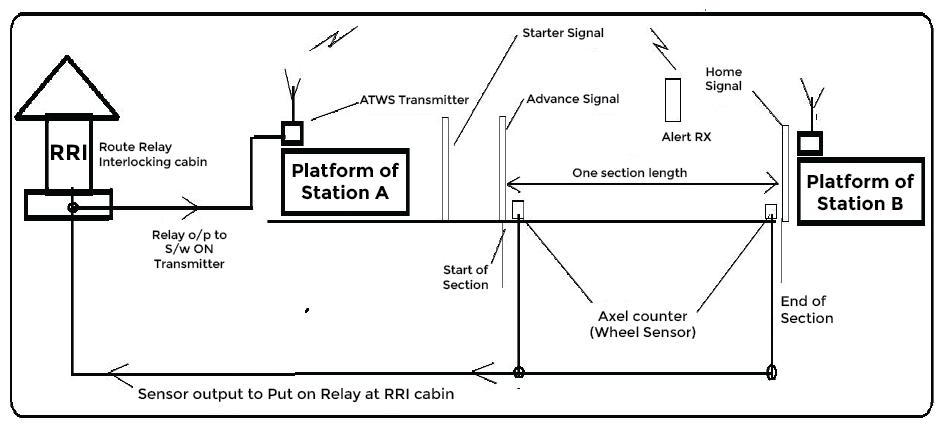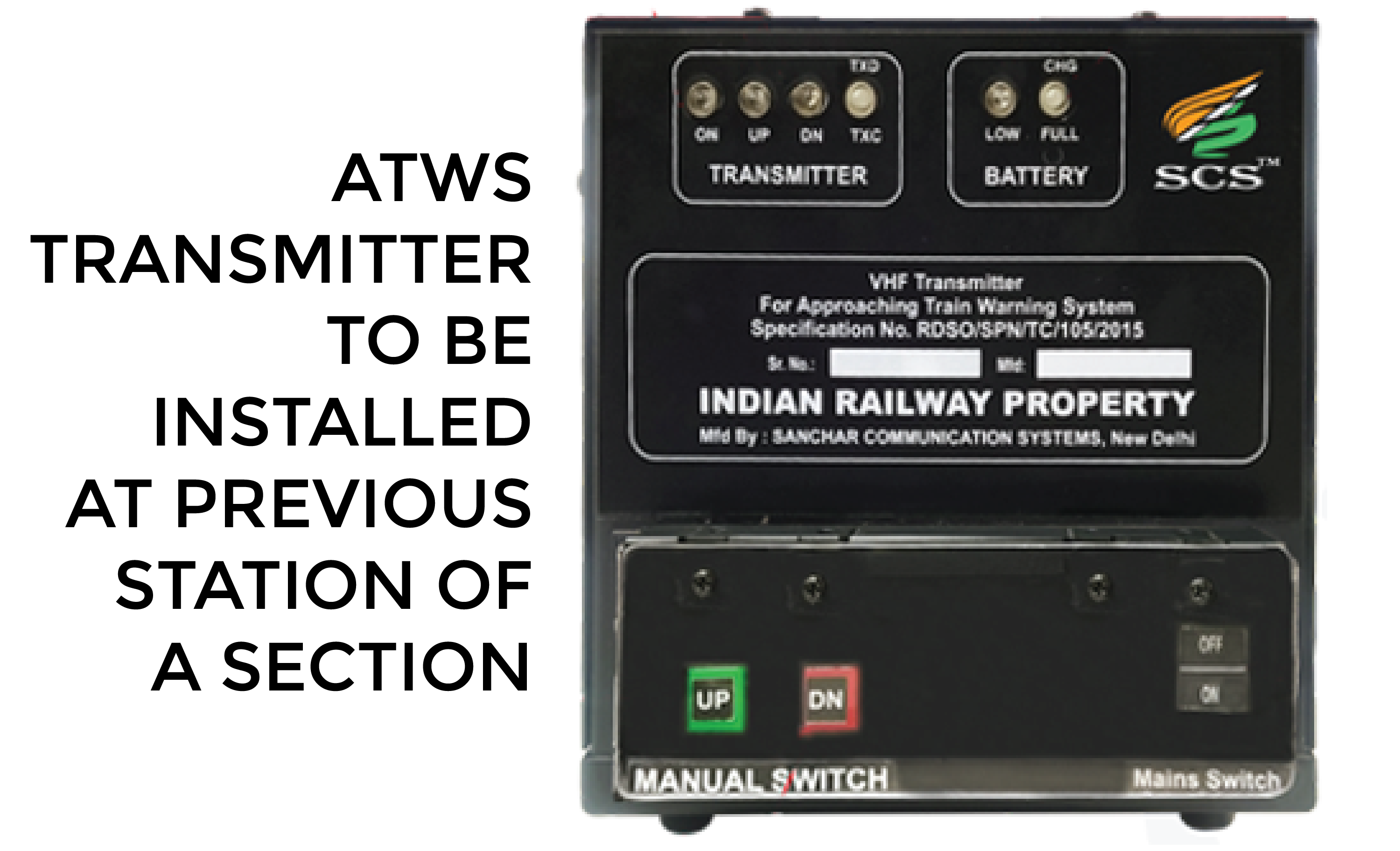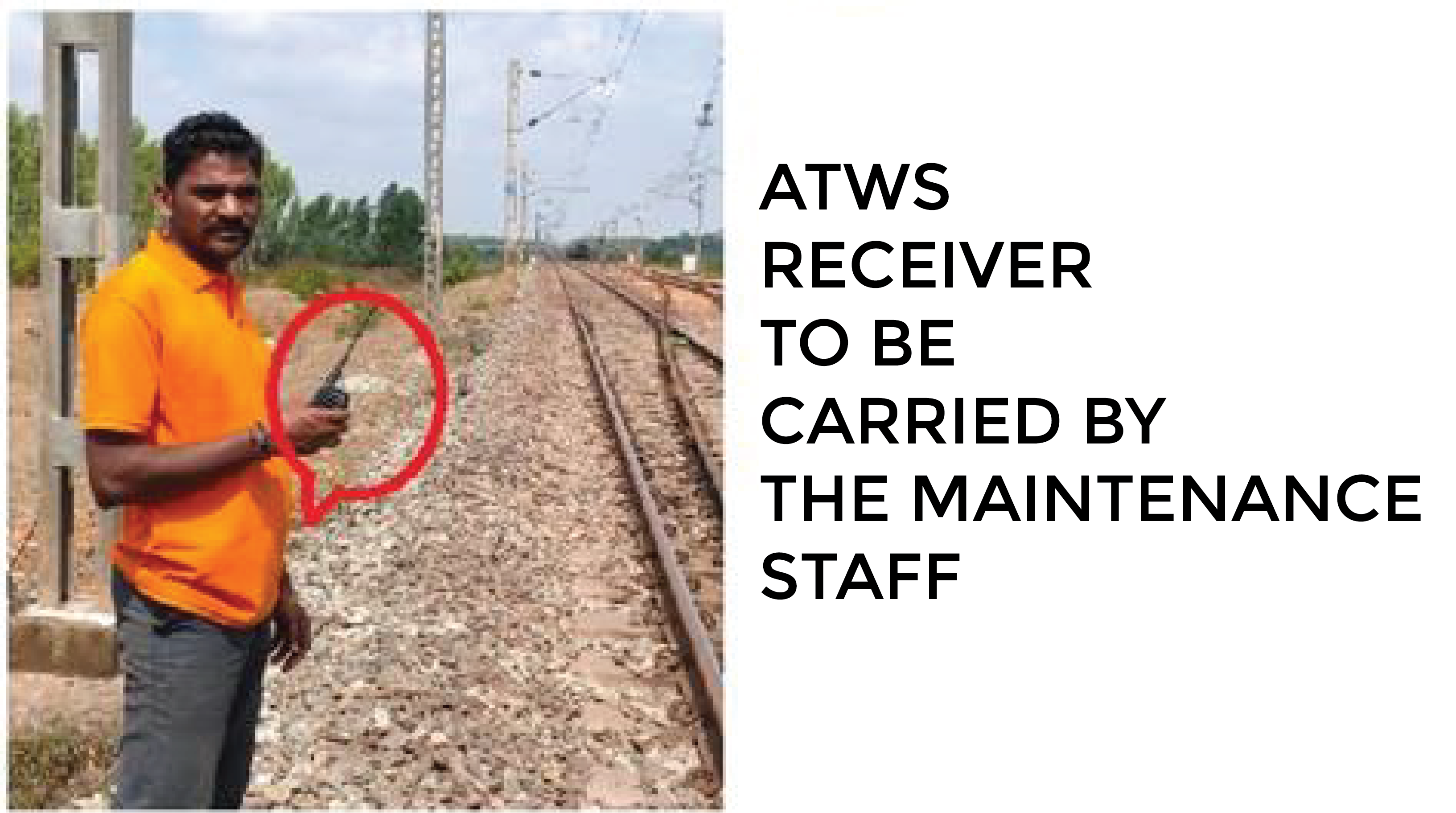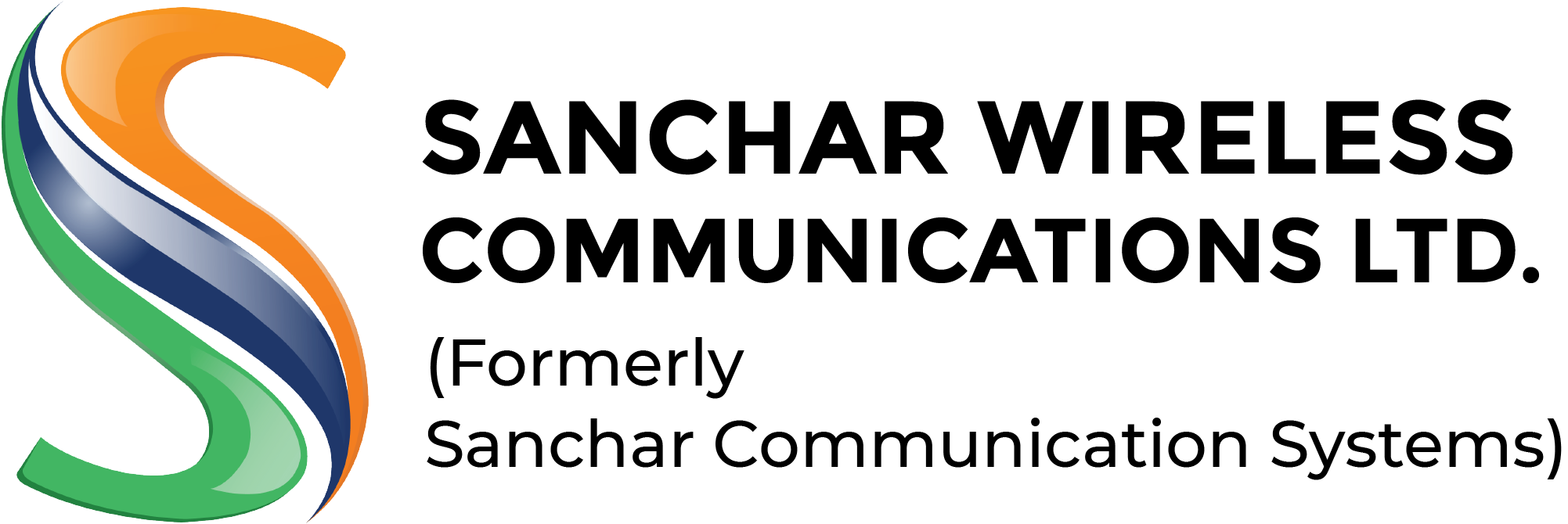
Automatic Train Warning System
A CASE STUDY ON DESIGN, IMPLEMENTATION, SUPPLY AND INSTALLATION OF “AUTOMATIC TRAIN WARNING SYSTEM (ATWS) FOR INDIAN RAILWAYS BY COMPLY WITH RDSO’S SPECIFICATION & GUIDE LINE
Principal Inspiration Behind Developing of ATWS
Indian Railways work tirelessly and silently to maintain and develop their services, dedicating their efforts to the nation. However, they often face various challenges that slow down their sincere progress and, at times, even bring it to a halt. One such critical challenge is related to the safety of human lives while executing the vital Railway Track Repair & Maintenance job.
During this essential task, workers are required to be physically present on the tracks, even while trains are operating. The absence of any indication about an approaching train becomes a significant issue when the working area is beyond any nearby signal post. Unfortunately, due to this uncertainty, hundreds of workers are losing their precious lives.
Now, as a prime communication company, the “SANCHAR TEAM” has taken these distressing facts and figures seriously, prompting them to delve deep into finding a solution. As a result, they have developed ATWS (Automatic Train Warning System), which aims to address this problem and enhance the safety of railway workers..
What is Automatic Train Warning System and How does it work: The following schematic diagram will help us to understand the working principal of this communication system.

As per the railway signalling system, the Route Relay Interlocking (RRI) system is used to control the entire signalling process of each rail section. The signal post located just before entering a station is called the “Home Signal,” and the signal post situated just after crossing the platform in the direction of the train’s approach on a particular line is called the “Starter Signal.” Another signal post, located next to the Starter Signal in the same direction, is called the “Advance Signal.” The entire length of the rail track, from the Advance Signal of a particular station to the Home Signal of the next station, is referred to as a “SECTION.”
When a train enters a section by crossing the Advance Signal, an axle counter sensor at that Advance Signal counts the total number of wheels of the train and detects the train’s complete entry into that specific section. It continues to sense the train’s presence until it crosses the next axle counter at the Home Signal of the next station. During this time, i.e., when the train enters a section, the sensor at the Advance Signal activates the relay at the RRI cabin, which, in turn, activates the Transmitter of the Automatic Train Warning System (ATWS) at the train’s entry end.
The ATWS transmitter sends continuous alert signals to the Receiver at the worker’s end, providing a continuous audio alarm signal to alert them that a train has entered the section where they are working. This audio alarm signal keeps transmitting until the train exits from the current section by crossing the Home Signal of the next station.
This entire system has been designed based on the Schedule of Technical Requirement (STR) of the RDSO (Research Designs & Standards Organization) specification number RDSO/SPN/TC/105/2015, which was first published on 01/12/2016. Sanchar has also developed this system following RDSO’s guidelines for the production flow chart and recommended quality instruments used in the total manufacturing process.

The above ATWS Transmitter should be installed at the starting station of a section and connected with the Tx ON relay, which is operated through the RRI cabin of the respective station.

While a train exists in a section, the ATWS Transmitter continuously sends alert signals to all receivers in the working area, as shown in the picture above, to keep the respective workers executing their duties on that rail track aware of the train’s presence.

Thank you for the good writeup It in fact was a amusement account it Look advanced to far added agreeable from you However how could we communicate